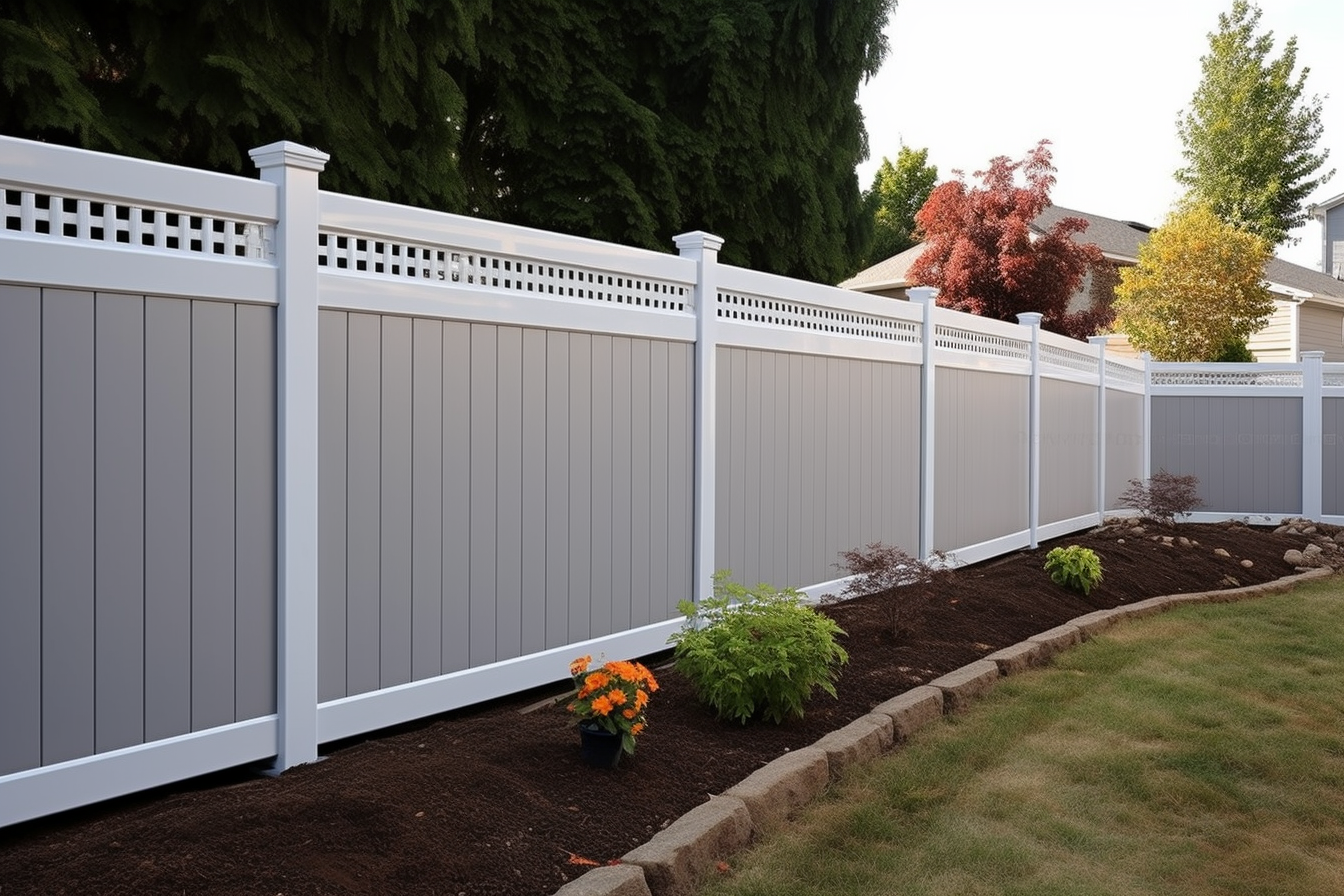Smart Home & Garden Upgrades for Practical Living
A well-planned home and garden refresh can improve comfort, curb appeal, and long-term value without overwhelming your schedule or budget. Whether you live in a compact urban lot or a spacious suburban property, practical upgrades that focus on energy efficiency, low-maintenance landscaping, and smart organization deliver the most consistent returns. This article breaks down priorities, project ideas, and realistic planning strategies to help you make confident choices for year-round enjoyment.

How to prioritize home upgrades
Start by listing needs versus wants: safety, efficiency, and structural repairs take precedence over decorative updates. Inspect heating, cooling, plumbing, and roofing first—addressing these reduces the risk of costly damage later. Next, consider upgrades that lower ongoing expenses, such as improved insulation, LED lighting, or programmable thermostats. Finally, tackle aesthetic or comfort improvements like refreshed paint, smart home features, or window treatments. Prioritizing in this order preserves capital and increases resale appeal while improving daily living conditions.
Which garden projects give best value
Choose garden projects that combine low maintenance with visual impact. Native plantings reduce water and upkeep needs while supporting local pollinators. Adding a defined pathway, a small patio, or raised beds for vegetables can create usable outdoor rooms without extensive expense. Mulching and installing drip irrigation deliver big benefits by retaining moisture and minimizing weeds. If space is limited, container gardening and vertical planters maximize productivity. These targeted investments often enhance both enjoyment and property value more reliably than elaborate, high-maintenance installations.
Where to find reliable local services
When you need skilled trades or landscaping help, research local services in your area with multiple verification steps. Look for licensed contractors and read a mix of recent reviews. Ask for a portfolio of past work and at least three references. For landscaping, inquire about plant guarantees and ongoing maintenance options. Confirm insurance and permits for larger jobs. Compare written estimates that itemize labor, materials, and timelines. A cautious selection process reduces the chance of delays, hidden costs, and quality issues while ensuring the team you hire understands your priorities.
How to maintain year-round comfort
Seasonal maintenance extends the lifespan of home systems and keeps the garden resilient. In spring and summer, focus on HVAC filter changes, gutter clearing, lawn care, and pruning. For fall and winter, protect pipes, service heating systems, and add insulation where drafts occur. In the garden, adjust watering schedules with cooler temperatures and use cold-hardy plantings to reduce annual replanting. Simple routines—monthly checks of seals around doors and windows, seasonal filter swaps, and routine landscaping tasks—prevent small issues from becoming expensive repairs and maintain comfortable living through changing seasons.
Sustainable choices for home and garden
Sustainability often aligns with savings and lower maintenance. Consider rain barrels, native shrubs, and permeable paving to manage runoff and reduce irrigation needs. In the home, LED lighting, water-efficient fixtures, and smart thermostats cut utility bills. Use reclaimed or sustainably sourced materials for hardscaping and choose long-lived plants to avoid frequent replacement. Composting garden waste reduces landfill contributions and creates nutrient-rich soil. These choices may require slightly higher upfront thought or planning but commonly pay back through reduced operating costs and a healthier outdoor environment.
Budgeting and planning home projects
Good planning starts with realistic timelines and clear scope. Break larger projects into phases: immediate fixes, seasonal upgrades, and long-term enhancements. For budgeting, gather multiple written estimates and prioritize line items that protect home integrity first. Keep a contingency of 10–20% for unexpected issues discovered during work. For DIY tasks, factor in your time, tools, and a learning curve; for professional work, ensure the contract spells out milestones and payment terms. Clear planning reduces surprises and helps you allocate resources to projects that deliver the best quality-of-life improvements.
Conclusion
Thoughtful home and garden upgrades focus on safety, efficiency, and low-maintenance enjoyment. Prioritize essentials first, choose high-impact garden projects, and work with reputable local services to ensure durable results. Seasonal maintenance and sustainable choices protect your investment over time, while careful budgeting and phased planning make larger changes manageable. With clear goals and practical steps, you can create a comfortable, attractive living environment that suits your lifestyle and the local climate.






